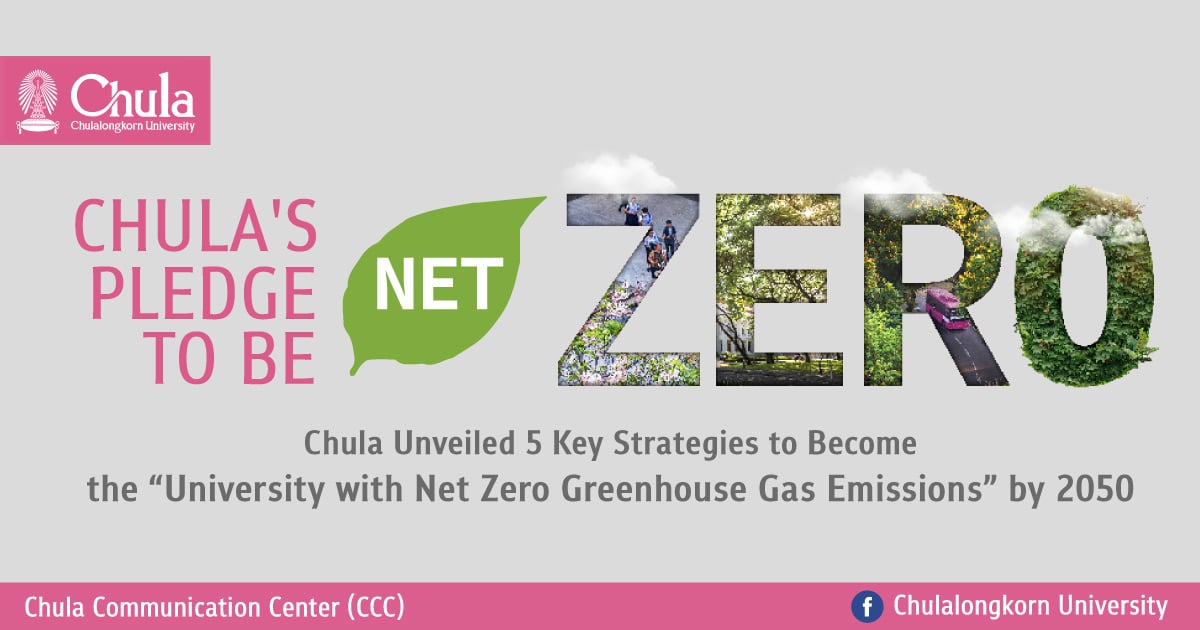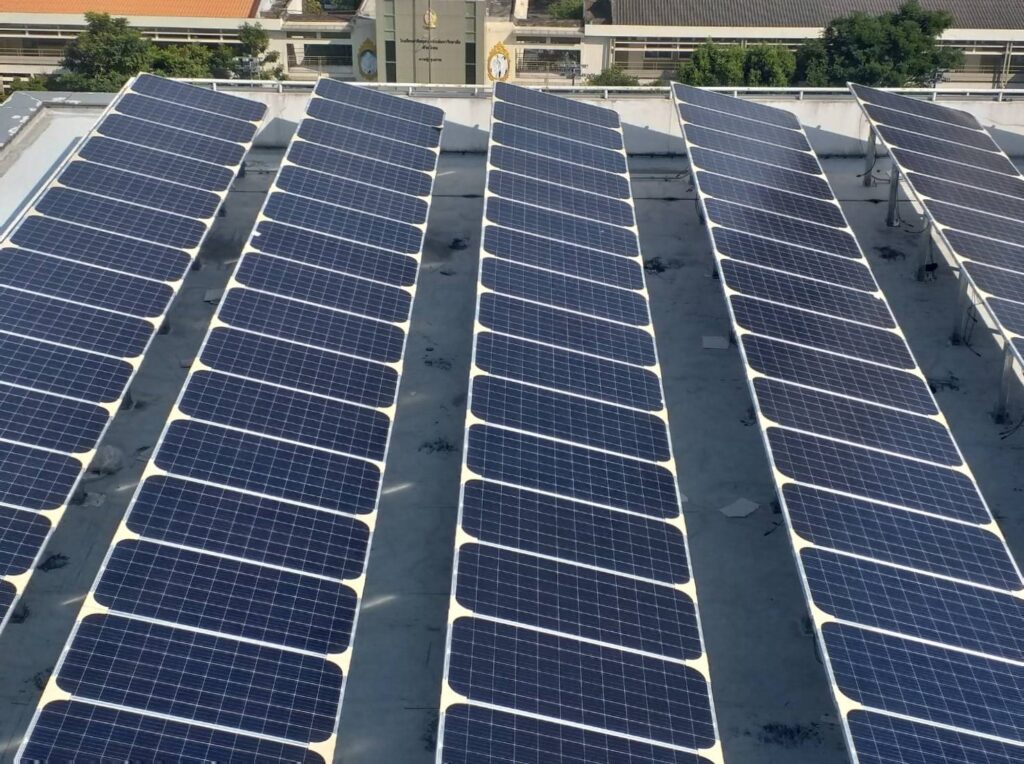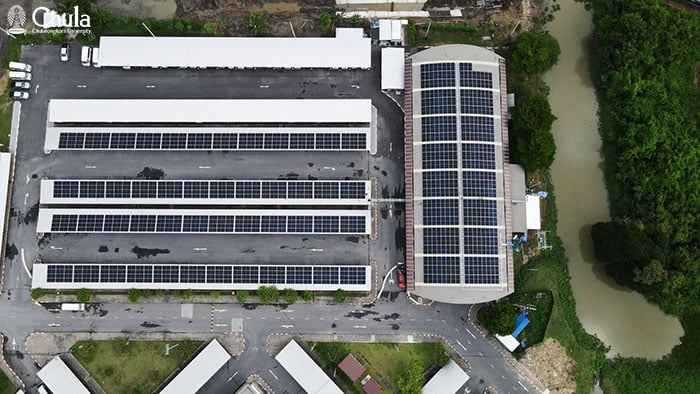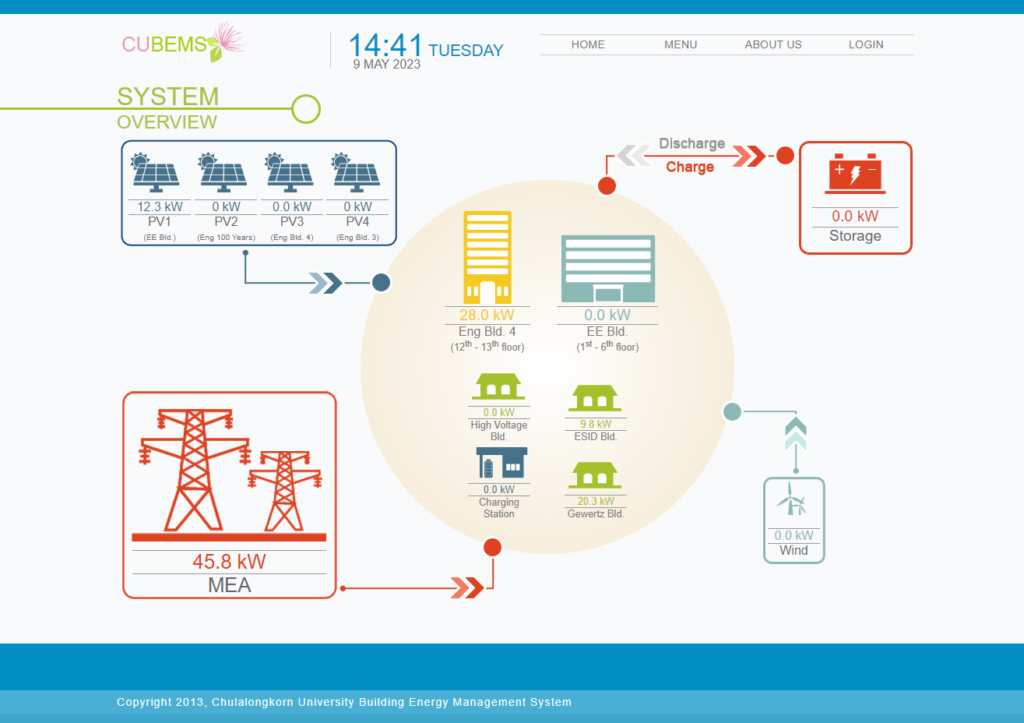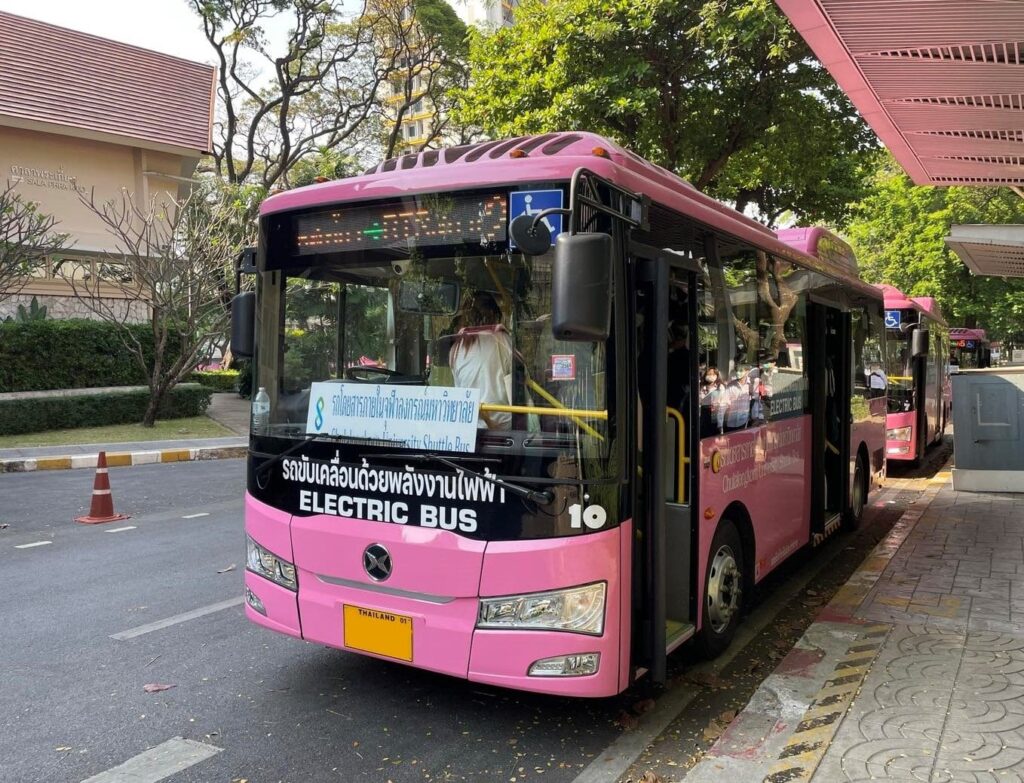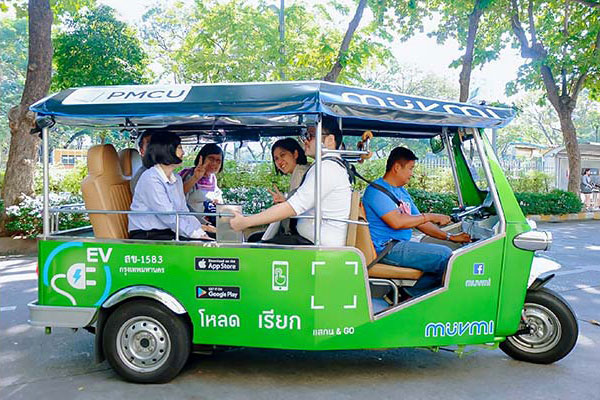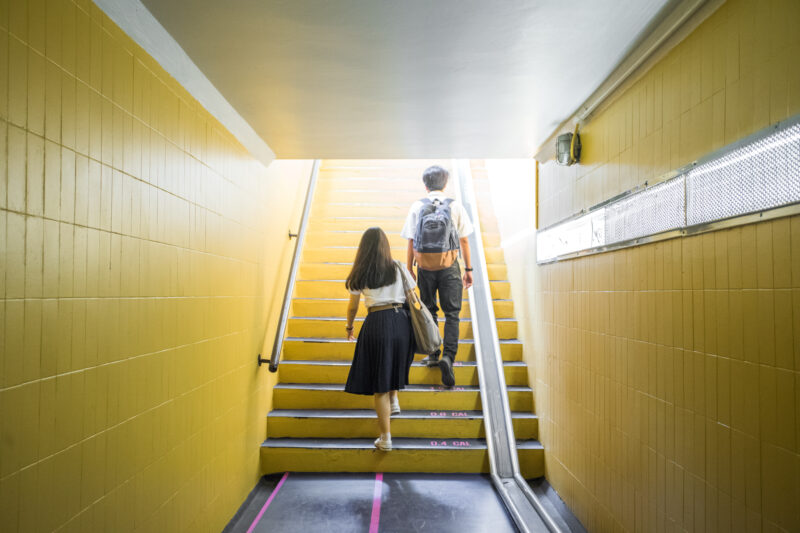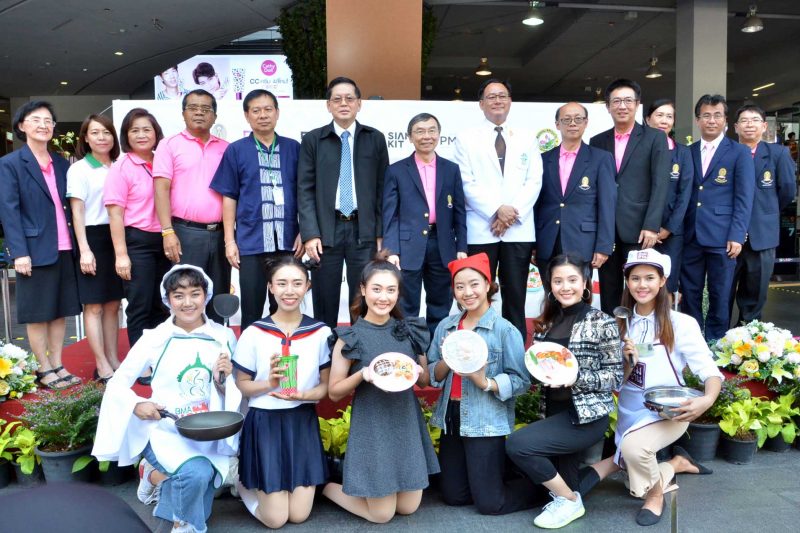Chulalongkorn University’s Policy and Investment for Net Zero Greenhouse Gas Emissions
Photo by Andrei Lazarev on Unsplash
The goal of achieving Net Zero Greenhouse Gas Emissions has become a global priority, following the United Nations Framework Convention on Climate Change (UNFCCC) Conference of the Parties (COP26) in 2021. This initiative aims to limit the global temperature rise to 1.5 degrees Celsius to mitigate extreme weather and environmental disasters.
Recognizing its global responsibility, Chulalongkorn University (Chula) proactively aligns its policies with the Sustainable Development Goals (SDGs). In September 2022, the university president publicly committed to reducing campus greenhouse gas emissions, setting a goal of achieving Net Zero emissions by 2050. Chula has implemented strategic plans, policies, and significant investments in both short-term and long-term energy reduction measures to fulfill its sustainability objectives. [ https://www.chula.ac.th/en/highlight/116406/ ]
Chula’s 2050 Net-Zero Transition Strategies
Chulalongkorn University has developed five key strategies under the Chula 2050 Net-Zero Transition framework:
1. Energy Transition
Chula is transitioning to zero-carbon energy systems, primarily focusing on solar energy due to the urban campus setting.
The university partnered with the Metropolitan Electricity Authority (MEA) for the Solar Rooftop Initiative, installing solar panels on 62 campus buildings. By 2025, 20 buildings have been equipped, and full implementation is expected to replace campus electricity consumption by 25%.
2. Improving Energy System Resilience
Chula enhances energy efficiency by replacing outdated electrical systems with energy-saving equipment, including LED lighting and efficient air conditioning systems. Additionally, the university employs heat monitoring sensors and optimized ventilation systems.
A key innovation is the CU Building Energy Management System (CU BEMs), developed in collaboration with The University of Tokyo and industry partners. CU BEMs provides real-time energy monitoring and control via a web application and dashboard, significantly reducing unnecessary energy consumption. The initiative is supported by Thailand’s Energy Conservation Promotion Fund under the Ministry of Energy.
3. Creating Green Growth
Chula invests in green technologies and actively engages in national and international collaborations for carbon-free innovation. The Bio-Circular-Green Economy Technology & Engineering Center at the Faculty of Engineering, collaborates with government, private companies, and public organizations through the Thailand CCUS Consortium. This initiative leverages Carbon Capture, Utilization, and Storage (CCUS) technology, converting CO2 emissions into useful products.
Additionally, Chula researchers have developed an efficient low-energy carbon dioxide-to-methanol conversion process, funded by the Malaysia-Thai Joint Authority (MTJA). In 2022, Chula partnered with Hitachi Energy to explore carbon neutrality technologies, microgrids, battery energy storage systems (BESS), e-mobility, and green hydrogen, emphasizing the university’s dedication to sustainable energy.
4. Lifestyle Transition
Chula promotes sustainable transportation by providing electric buses, bicycles, electric tuk-tuks, and e-scooters for students and staff. [ http://www.sustainability.chula.ac.th/report/3118/ ]
The university also enhances pedestrian infrastructure with covered walkways, encouraging walking and reducing reliance on motorized transportation. [ http://www.green.chula.ac.th/index.php/transportation/cu-cover-way-sky-walk/ ]
5. Social Transition & Support System
To foster community participation in greenhouse gas reduction, Chula organizes seminars, short film competitions, and online awareness campaigns. These activities educate students and staff about climate change impacts, promoting behavioral shifts toward a low-carbon lifestyle.
By
- Office of Physical Resources Management, Chulalongkorn University
- Office of Property Management, Chulalongkorn University
- Faculty of Engineering, Chulalongkorn University
Others
Food Safety for All
CU team joins BMA and others to ensure a safe and enjoyable street food experience

